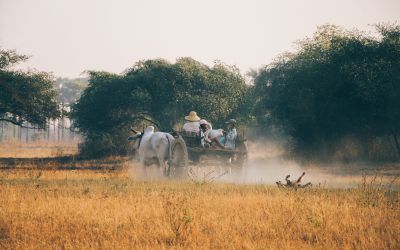Kiira Motors CEO, Paul Isaac Musasizi, on Africa’s first solar powered bus
Interview with Kiira Motors CEO on how his company has been developing Africa’s first solar powered bus
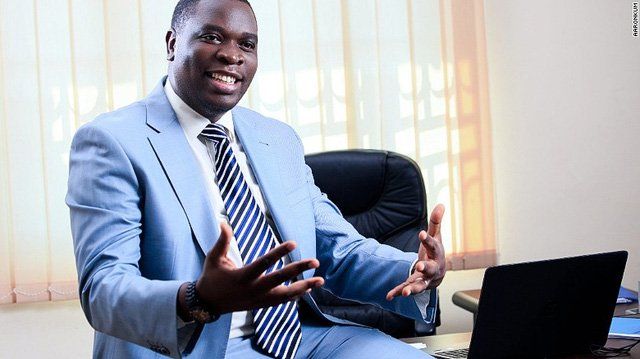
Uganda’s Kiira Motors has been making headlines recently as they have been developing Africa’s first solar powered bus.
In this interview, Kiira Motors Chief Executive Officer, Mr Paul Isaac Musasizi, discusses the ideological, technological and economic rationale for motor vehicle manufacturing in Uganda.
You are joining automotive manufacturing 130 years since the invention of the automobile. What prospects do you see for yourself in an in industry that is already consolidated?
The motor vehicle will remain as the predominant transportation technology not only in East Africa but globally for the next 50 to 100 years. That is because mass transportation systems, much as they are economically and environmentally efficient, don’t quite address the last mile. We have had so many debates about alternatives such as non-motorised transportation, tricycles and things like this but the last mile especially in Africa is still significant.
You are seeing that when you get off the bus station, you still have one to six kilometres to get home, you still have one to six kilometres to get to office. How do you reconcile the fact that you’re in agricultural produce but need to carry your bags of Matooke for six kilometres to get to the market? The motor vehicle is going to be a critical ingredient of that.
The movement of people and goods is a critical ingredient of economic transformation in Africa and what we in East Africa are saying as a community is how do we harmonise interventions that will advance value addition in the automotive industry value chain and how do we create the policy framework that ensures that it is rationalised?
What is KMC’s strategy for breaking the dominance of established automakers?
The KMC value proposition is premised against the two core gaps in the in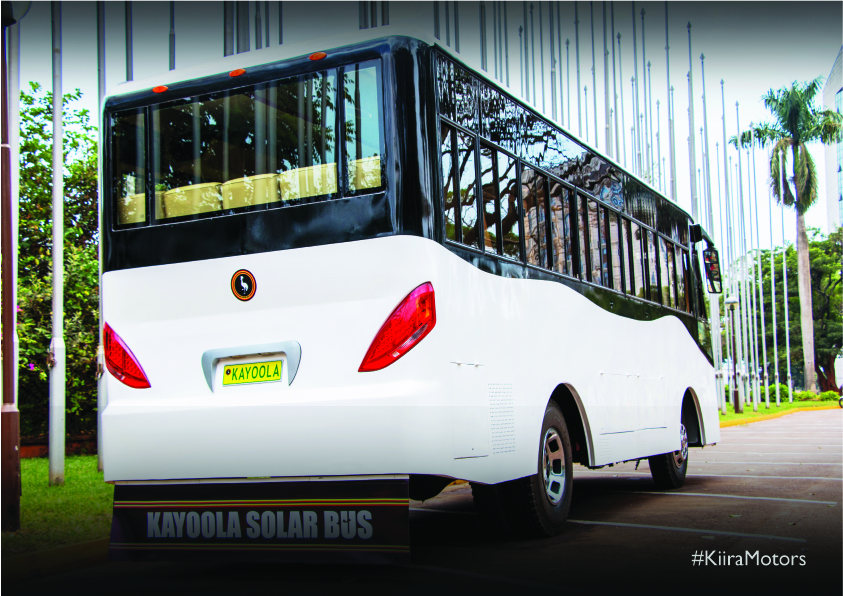 dustry today; affordable asset financing for vehicle financing and after-sales service and support. Our interventions will focus on closing these gaps as the key strategy for market share acquisition.
dustry today; affordable asset financing for vehicle financing and after-sales service and support. Our interventions will focus on closing these gaps as the key strategy for market share acquisition.
From a policy perspective, it’s important that issues of technology quality especially safety and environmental protection are addressed which will inadvertently give rise to a roadmap winning off importation of rather obsolete vehicle technology and sub-standard spare parts.
Such interventions are expected to cultivate growth of new vehicle sales. Production for export to the EAC and neighbouring regional economic communities is a key ingredient of the growth plan for sales.
KMC is now synonymous with the Kayoola Solar Bus. What inspired KMC to create this vehicle and what does it mean for the environment?
The aspiration for green, clean, and noise free transport solution for Urban Mass Mobility enhancing Environmental Stewardship inspired the making of a solar powered vehicle. The sustainability of Mission Vehicles Made in Uganda is based on production of eco-friendly and internationally acceptable Technology and Products for global competitiveness.
The Kayoola Solar Bus prospects a green, clean, and noise free transport solution for Urban Mass Mobility representing our commitment to Transportation Technology enhancing Environmental Stewardship.
The Kayoola Solar Bus uniqueness is evident from the commitment it represents for Africa to championing Urban Mass Mobility Solution based on clean and green Technology for enhanced Environmental Stewardship. Africa’s Geographical Position almost symmetrically along the Equator implying Non-Stop Sun throughout the Year provides an underutilized natural and renewable energy resource which should be explored to fuel Urban Mass Mobility. The Kayoola Solar Bus is leading the way in this quest.
How practical is the Kayoola Solar Bus as a solution to the problems afflicting public transportation in Kampala today?
The use of private mobility automobiles is significant in the city and this is placing a big traffic burden on the limited road infrastructure.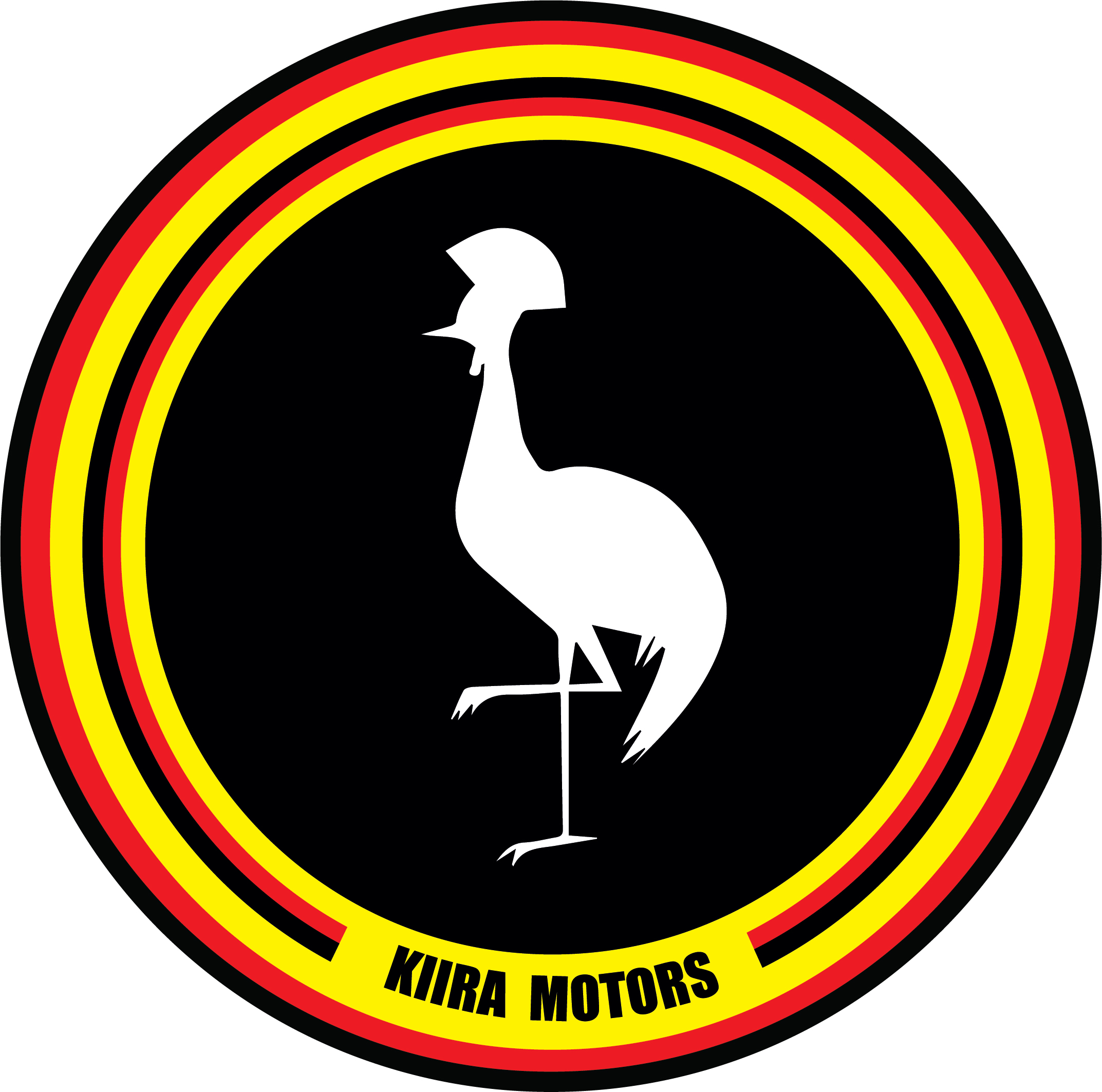
Kampala has a mass mobility system that mainly utilises 14-Passenger vans for intra and intercity mass mobility. The Projected mass mobility Demand Growth is estimated to be 5 times in the next three years in Kampala exceeding over 700,000 passengers per day while the neighbouring routes feeding into Kampala such as Jinja, Entebbe, Masaka and Bombo road are expected to have 500,000, 200,000 and 300,000 passengers per day respectively.
Kampala Capital City Authority has an existing demand for at least 500 buses for its major routes. The Kayoola Solar Bus promises a green, clean, and noise free future transport solution for a Busy City like Kampala and others urban Centres in Africa. With nonstop sun in Africa the use of solar powered vehicles for mass mobility is the way to go for urban mass mobility.
What has been the reception to KMC’s concept vehicles so far?
The three products, Kiira EV POC, Kiira EV SMACK and Kayoola Solar Bus, made by the company thus far have been prototypes for the upcoming products that will be released on to the market in 2018. The rave over these concept vehicles has been positive and there is no doubt that the market is willing to adopt them as the anticipated solution to their mobility challenges.
Kiira Motors will start production of motor vehicles in 2018 with a product mix including Pickups, SUVs, Sedans, Light and Medium Duty Trucks and Buses. The First Batch of Vehicles will be running on Fossil Fuels with an Internal Combustion Engine. The Kiira Vehicle Technology Program will continue exploring Green Mobility Technology for Africa with the hope of having vehicles like the Kayoola Solar Bus on the Road in the 5 -10 years period depending on how fast the charging and support infrastructure for EV Power-trains can be developed.
Where do you see your company in the next five years?
The concept vehicles developed demonstrate progressive enhancement of resident capacity in vehicle manufacturing. Production of vehicles will start in 2018 with 305 products and by 2021 we envisage production of about 1,125 cars annually.
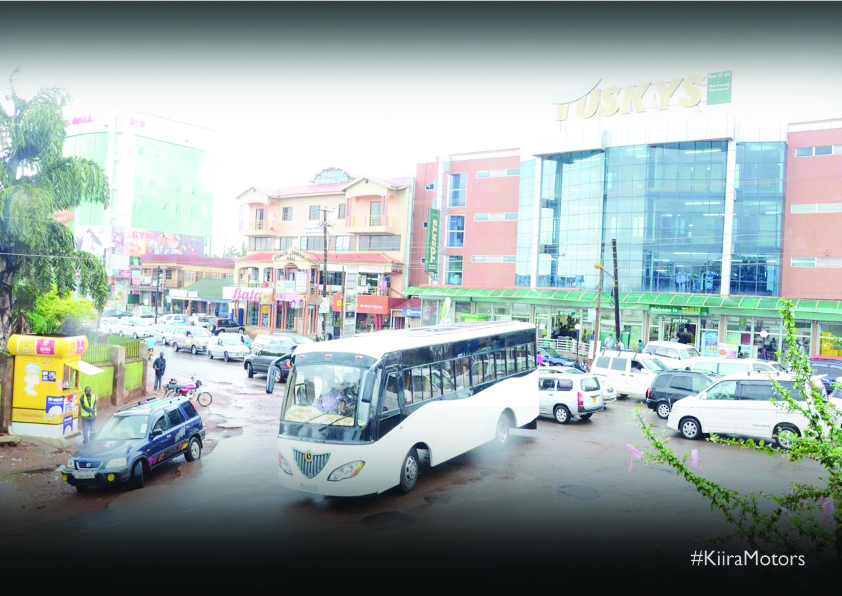 How long do you think it will take the African indigenous auto-manufacturing industry to rival those of the western world?
How long do you think it will take the African indigenous auto-manufacturing industry to rival those of the western world?
Our goal as KMC is to respond to the indigenous needs of the African people in the Automotive Industry. If we can achieve this and solve the problems barraging the African Auto Industry, we shall be the biggest players in a virgin territory with a growing market and that alone is competition enough.
But we also need to appreciate that we are not going to reinvent the wheel, the days of Lord Ford and Sir Bentley and William Maybach are kind of gone. Now what we want to be able to do is to recognize that these very well established people also have tested technology and it is not going to be very easy to convince the client here who can get tested technology to abandon it and try something new until it works. That is why the strategic alliances become important. They are looking for a market and we can cultivate mutually beneficial partnerships.
You have said that KMC has the potential to impact not just the automotive industry in Uganda but the economy in general, what is you capacity to deliver on this promise?
The Kiira Motors Corporation Complex is expected to contribute to the Ugandan National Government’s drive to reduce poverty and bring about socio-economic transformation by creating a number of direct and indirect employment opportunities throughout the local, regional and national landscape. The KMC capital expenditure will create over 12,000 Jobs while operational expenditure phase shall create another 2,000 plus jobs.
KMC’s operational effects shall also provide an affordable mix of vehicle products; create employment opportunities with varied skill levels; encourage private investment opportunities in local companies providing support to the emerging automotive industry; lead to an ultimate boost to economic development and GDP growth.

_400_250_80_s_c1.jpg)


_-_frame_at_0m5s_400_250_80_s_c1.jpg)
